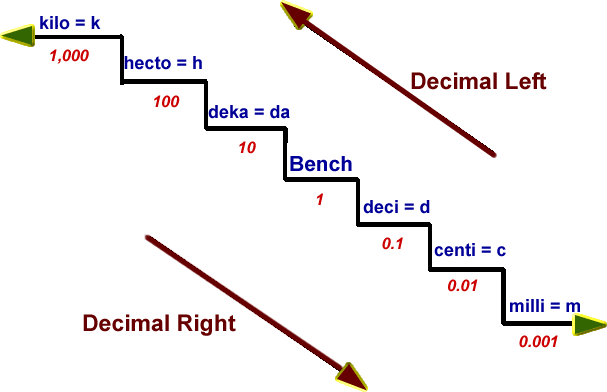Unit 0: Review
Learning Targets:
Inference- when you infer, you make a mental judgment based on observations. Inferences cannot be directly observed. They require thought.
Observations- when you observe, you become aware of something using one of your senses. Your 5 senses are smell, taste, sight, touch, and sound. Describe something as it appears. (Facts)
Graphs:



Line Graph:
* Compares 2 variables
* Line graphs are good to show specific values of data, meaning that given 1 variable the other can easily be determined
* Show trends in data
* Easier to make predictions
* When making graphs use a "Line of Best Fit" (Do not connect the dots)
Bar Graphs:
* Make comparisons between different variables
* Very easy to see the information
* Clearly show trends in data
Pie Graph:
* These graphs don't use a set of axes to plot points
* Displays percentages
* Used to compare different parts of a whole
* Circle graphs represents 100%
* Each portion that takes up space within the circle stands for part of that 100%
* Easier to see how something is divided among different groups.
Independent Variables- along the x-axis; scientist changes or controls
Dependent Variables- along the y-axis; scientist measures (does not know value)


Significant Figures:
* Are one way to help keep our measurements close to the true value.
(Click) for Instructional Video/Demo
